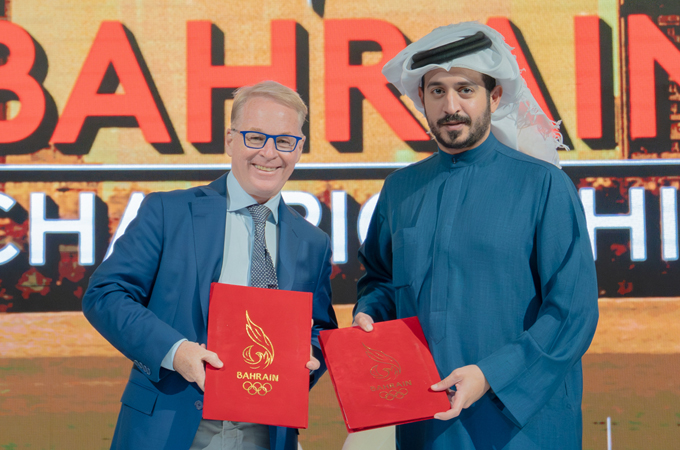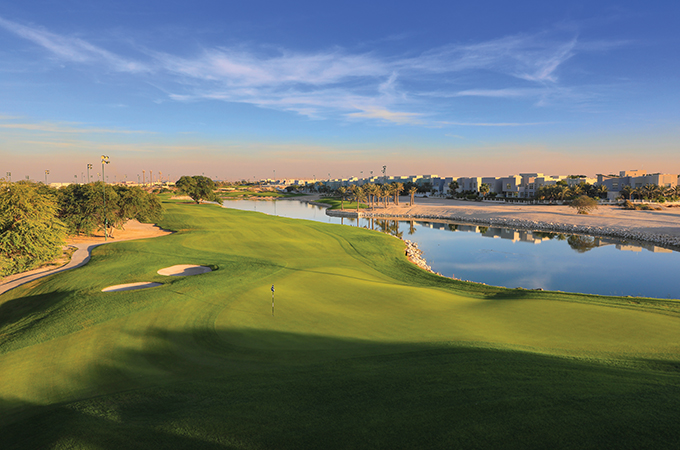Spring 2016
An ambitious development primely positioned by the Red Sea in Western Arabia, (KAEC) is set to become a key gateway and growth accelerator in Saudi Arabia
Located 100 km north of Jeddah, the King Abdullah Economic City (KAEC) is rapidly attracting an increasing population to engage with a raft of world-class industries, job opportunities, lifestyle and tourism in a modern and sustainable living destination that boasts a pristine marine environment along its 55-km coastline.
The largest privately funded new city in the world, KAEC recently celebrated a decade of development with the city emerging stronger and more ambitious in terms of growth potential despite the trials and tribulations of global and regional economic headwinds.
The world’s first publically listed city, KAEC was established in 2006 as a public-private entity. Listed in the Saudi stock exchange, KAEC stakeholders include with Emaar, the Economic City (EEC) with a 30 per cent stake as well as other high-profile Saudi investors and government bodies. In recent months, EEC has raised more capital to finance construction projects as part of a SR13-billion ($3.47 million) investment programme until 2020.
KAEC is planned to have a capacity of 2 million people who will live and work in the city with easy access to the Jeddah, Makkah and Madinah conurbation by road and rail, with the new high-speed Haramain Railway set to open in 2017.
Along the hour’s drive from King Abdulaziz International Airport to KAEC one can see the waters of the Red Sea while travelling along the main highway to the city, with the road continuing on to Rabigh and Yanbu and eventually Jordan. KAEC is almost parallel to Egypt on the opposite coast of the Red Sea and the waters and coral reefs of the new city are pristine.
As one approaches KAEC, one can also see the gleaming Haramain rail station designed by Lord Norman Foster, which will serve the new city.
Looking ahead at the next decade, KAEC Managing Director and Group CEO Fahd Al Rasheed says that while the city continues to grow its logistics and manufacturing prowess, it is also focused on becoming a destination for tourists in its own right.
TOURISM THRUST
Talking to Arabian Knight in his office overlooking the Red Sea, Al Rasheed points out that while KAEC focused on global logistics, manufacturing and building the port during the first decade, the thrust is now on the residential sector, tourism and services including cultural and educational facilities.
There is a major drive to develop tourism in Saudi Arabia, he says, pointing out that there are huge opportunities for KAEC to harness domestic tourism demand with its double-digit growth as well as the fast-growing Mice (meetings, incentives, conferences and exhibitions) sector.
“Saudi Arabia is already the 19th most visited country in the world as a result of Hajj and Umrah visitors, with more than 16 million tourists in 2014,” says Al Rasheed, who previously worked in Saudi Aramco before promoting investments into the kingdom for several years at the Saudi Arabian General Investment Authority (SAGIA).
He continues: “The government has plans to double this number by 2030 and major capacity expansions taking place in Makkah, Madinah and at Jeddah airport – where the majority of pilgrims arrive – coupled with the new high-speed railway, should make this target achievable.”
“Meanwhile, Saudis make 10 million trips abroad each year and spend more than their Western counterparts. In the Kingdom, Saudis have fewer options in terms of tourism and leisure thereby making domestic tourism a major opportunity for economic diversification as well as an opportunity for private sector participation.”
KAEC, he says, expects to become a key anchor in this tourism sector with the city planning to attract more than one million tourists by 2020 and 3.5 million by 2025.
“To this end, we plan to develop 38 new tourism and leisure projects including world-class water parks, zoos, amusement parks, exhibition centres, a golf course, equestrian trails and recreation centres. Ten new hotels and resorts with more than 2,000 rooms will be built in the coming years at KAEC. Everything is being planned by leveraging the prime marine location in a very eco-friendly manner to protect these natural resources for future generations,” he says.
Al-Rasheed, who holds a bachelor’s degree in Business Administration from Washington University and an MBA from Stanford University in the US, firmly believes that “every city has a story to tell”.
He recently returned from Davos where he launched the Red Sea Foundation, a non-profit think tank based in Geneva, Switzerland, which will facilitate growth in regional trade for what he sees as essential for the Red Sea economic basin.
“The Red Sea region will be home to 1.3 billion people by 2050. It is the fastest growing emerging market in the world – it is the next China, the next India. And with the kind of resources we have, we are in the right place,” says Al Rasheed.
INDUSTRIAL VISION
KAEC comprises the King Abdullah Port, which will become the largest Red Sea port by capacity next year, the Coastal Communities residential districts, and the Industrial Valley, with the Hejaz Gate retail and commercial district skirting the city to the east.
Launched in 2012, the Industrial Valley is a manufacturing and logistics hub close to King Abdullah Port, which started operations at the end of 2014. It currently has more than 100 local and international businesses signed up with more than 20 in operation and 30 under construction.
The hub permits 100 per cent foreign ownership and has a fully integrated and developed infrastructure. Mars already has a chocolate factory there as well as Volvo Trucks, pharmaceuticals giant Pfizer and Abdul Latif Jameel, which is planning a Toyota import, distribution and assembly complex. IKEA too is planning a global logistics hub.
More recently, Dubai’s Al Futtaim Group has invested in the Industrial Valley with ambitious plans to build a massive logistics and distribution centre next to the port.
The region’s first privately owned and funded commercial port, King Abdullah Port currently has a capacity of three million TEUs (twenty-foot equivalent units) a year and, when complete in 2025, will handle up to 20 million TEUs, 1.5 million vehicles and 15 million tonnes of bulk, which would make it one of the world’s top ten ports.
It supports KAEC’s ambition to be a global logistics and manufacturing hub as it lies directly on the Europe/Asia trunk line on which ships save five to seven days by transiting through the Suez Canal in Egypt, which connects the Mediterranean Sea to the Red Sea.
The fastest route between Asia and Europe, the Suez Canal is a global trading shortcut from sailing around Africa and its recent $8.6-billion expansion has further reduced navigation time for ships plying the waterway.
The KAEC port, which has the largest cranes in the world for container, bulk and general cargoes, is benefiting from the Suez Canal’s expansion for facilitating transiting ships in both directions with multi-storey container ships stopping by at the port.
Looking back to the creation of the cities of Jubail and Yanbu, Al Rasheed says these initiatives were from a period when petroleum was the key industry and petrochemicals were the future.
“The world has changed and today 90 per cent of all products we use are delivered through a container. I think the impact of better logistics is vital,” says Al Rasheed. “We want to become a global logistics and manufacturing city leveraging from the Red Sea as a huge market and as one of the most important trade routes. At the same time, we are leveraging from the Kingdom’s industrial potential and its local market. This is why we have been successful in bringing more than 100 companies from Europe, the US, China, India and elsewhere to the Industrial Valley. We do not think of nationality when we seek to attract industrial participation. We want to offer globally competitive platforms for these companies to operate to address their regional requirements and global export markets.”
KAEC is not trying to replicate Jubail and Yanbu, asserts Al Rasheed. “We are looking at industries that have not been focused on before such as pharmaceuticals, fast-moving consumer goods, building materials, logistics, automotive assembly and knowledge industries including data centres and other services.”
It is about adding value too, so in the automotive sector you will see logistics and distribution hubs in KAEC. “Our role is to develop the car market in Saudi Arabia and establish the Kingdom as an assembly hub for global corporates,” he says, while admitting that it is no easy task to attract investments to a sector which needs a mass market in addition to the full value chain, from equipment manufacturers to distribution.
FOSTERING GROWTH
Even by the standards of Jubail and Yanbu, KAEC is vast in scale and ambition with the mega city being built on a coastal site about the size of Washington, DC. The responsibilities of creating a new city are immense and it is not simply master planning, and monitoring the development but also creating a living heart to enable its residents prosper. As well as being a catalyst for jobs, business, lifestyle, tourism and commercial opportunities, KAEC is concentrating on healthcare, hospitality, education, industry and logistics.
“The Red Sea route has played a pivotal role in global trade for millennia but today little of the wealth passing through actually benefits the countries in the region. That is about to change as this is the fastest growing developing market and the least exploited. A coordinated initiative to facilitate trade will significantly improve the flow of goods within the Red Sea region and foster growth and prosperity where it is most needed,” says Al Rasheed.
New Saudi infrastructure will help achieve this goal: trains will travel at 300 km an hour – putting KAEC a mere 24 minutes from the new King Abdulaziz International Airport – linking Makkah, Madinah, Jeddah and KAEC as well as the wider Saudi rail network. The new Jeddah airport, meanwhile, will have an annual capacity of 30 million passengers.
According to the United Nations, the population of the 20 countries that use the Red Sea as their primary shipping corridor will increase from 620 million to 1.3 billion by 2050. The rising middle class is anticipated to increase to 343 million over the same period driving GDP (gross domestic product) growth threefold and global trade fivefold.
Naturally, job-creation is paramount in KAEC’s vision and Al Rasheed wants to attract talent to the new city.
“More than 65 per cent of Saudis are under 30 years of age so our challenge is enabling opportunities for our young people. We want to give them the space and environment that will provide the skills and expertise required for the future. As well as being connected with infrastructure, KAEC is also a smart city in terms of IT and bandwidth,” he says.
Despite the global economic challenges, KAEC is doing very well and is demand-driven based upon value, says Al Rasheed.
“The potential of this region is unmatched anywhere in the world and if you are a committed investor then you can achieve anything in Saudi Arabia. We are increasing our development rates with about 40 projects over the first ten years and we are planning now on a further 170 plus in the next decade. We have a current population of 5,000 and, confidently, anticipate a population of 50,000 by 2020,” he concludes.






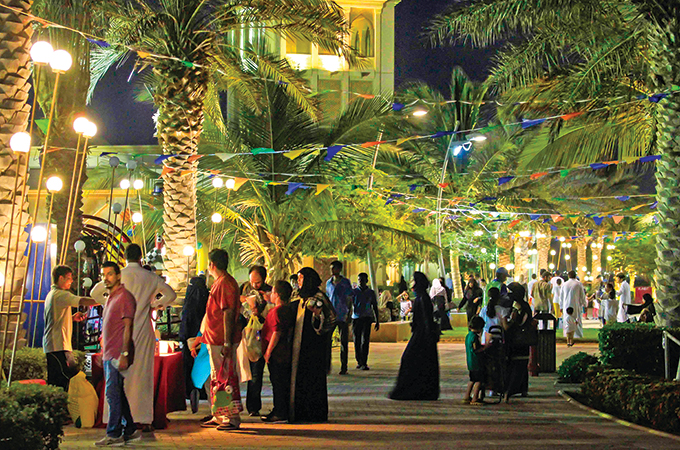


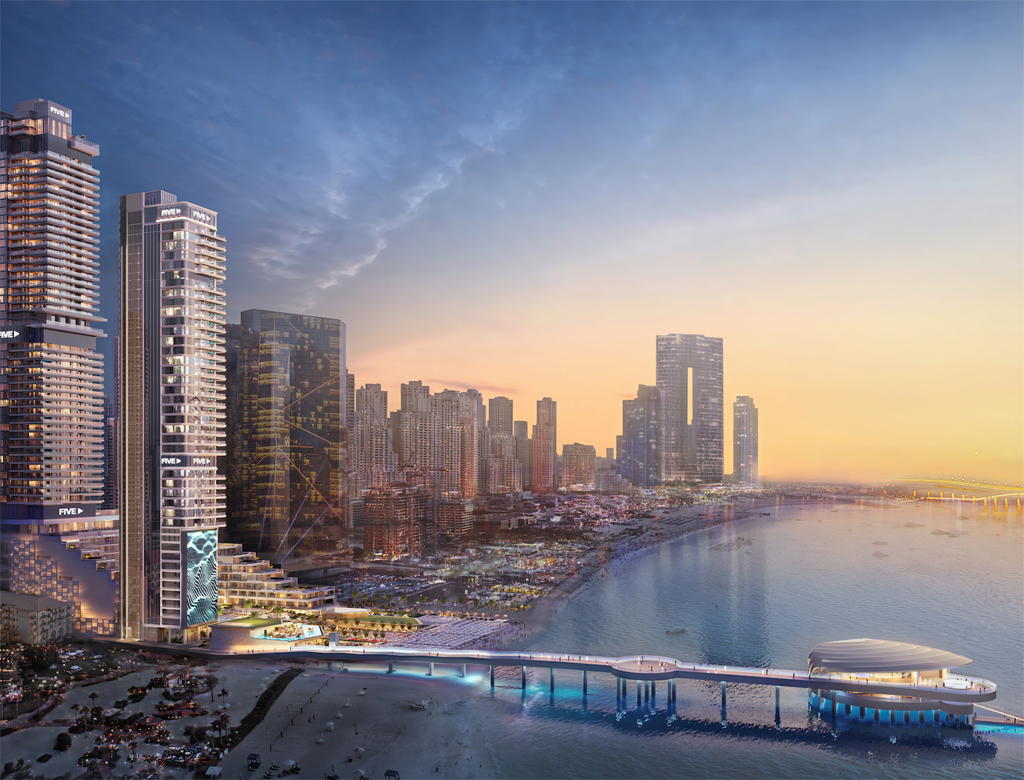
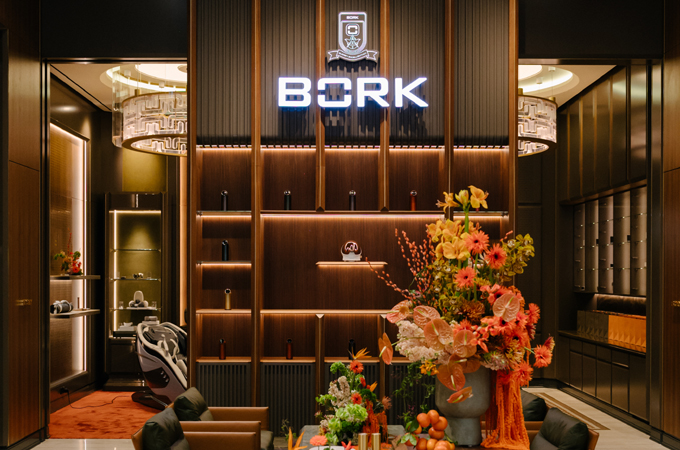
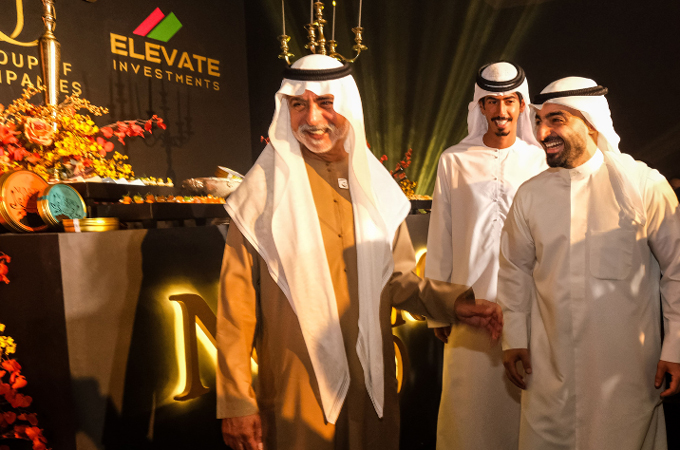

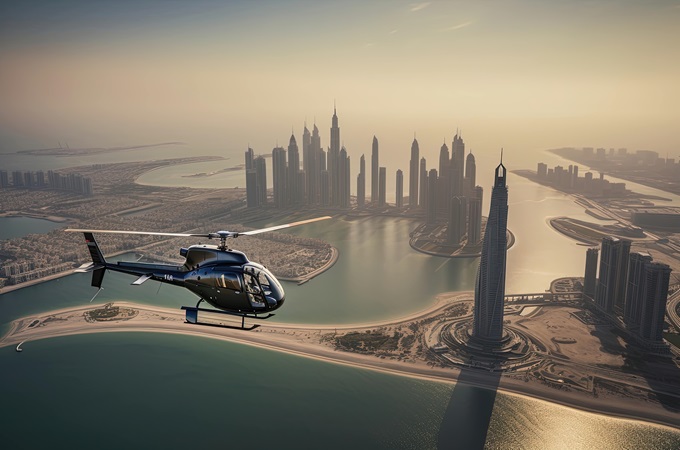
.jpg)
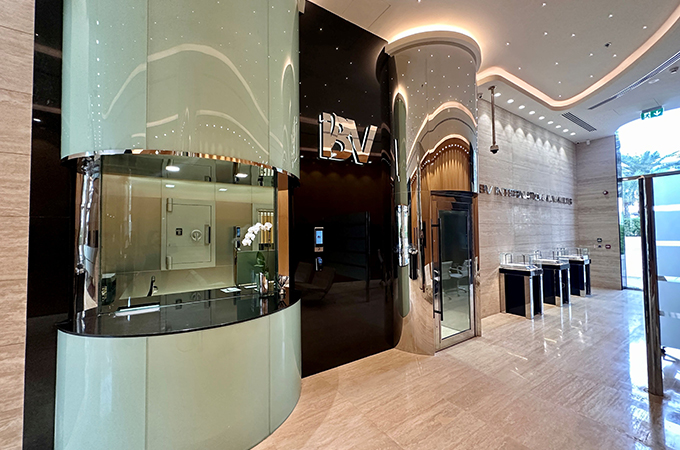
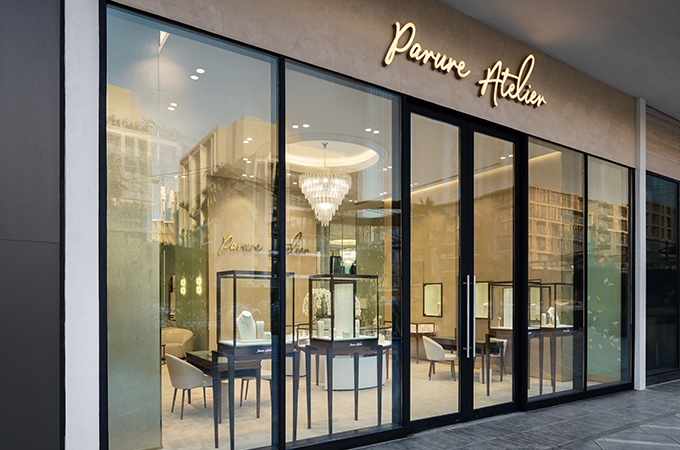
.jpg)


